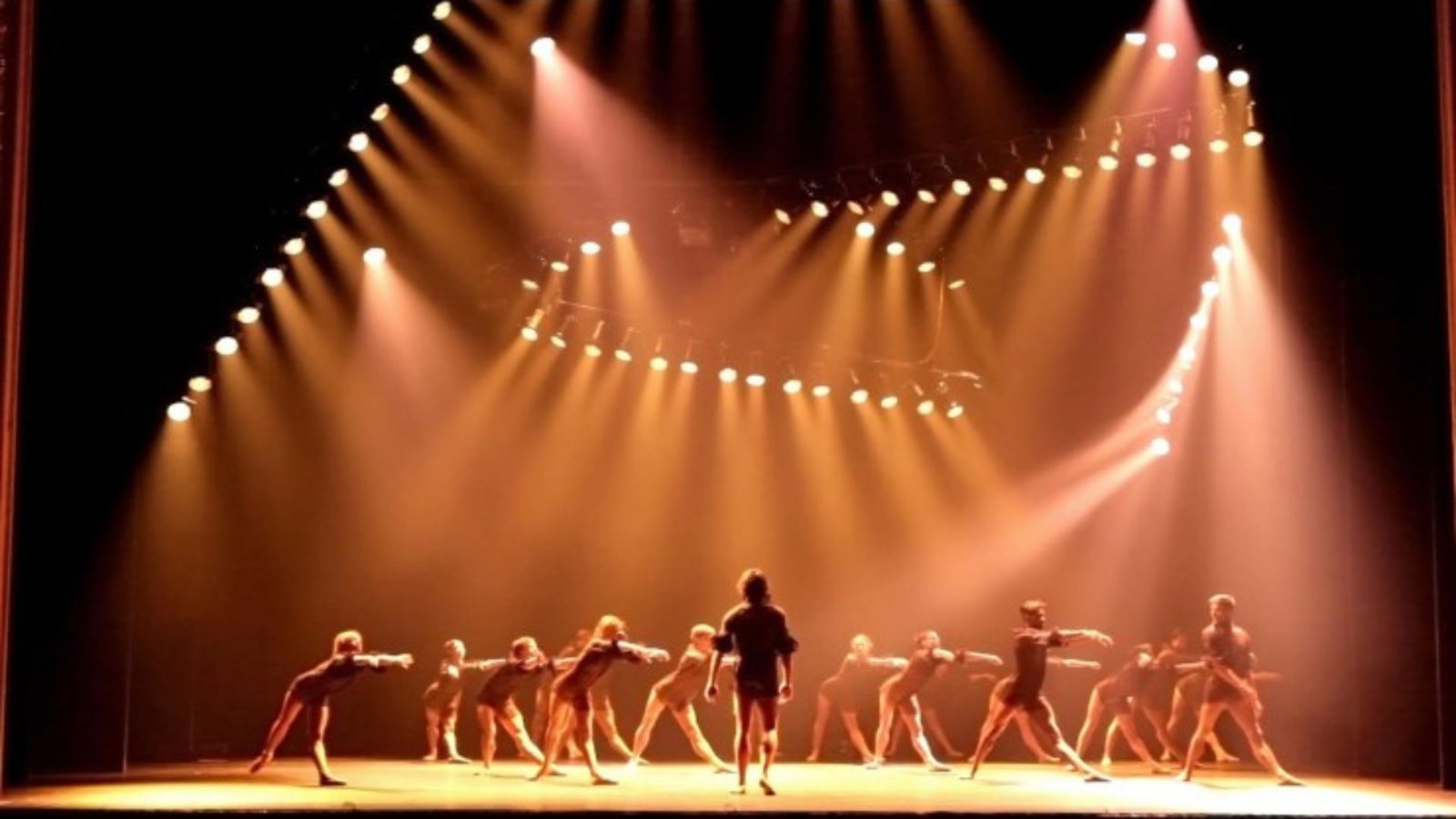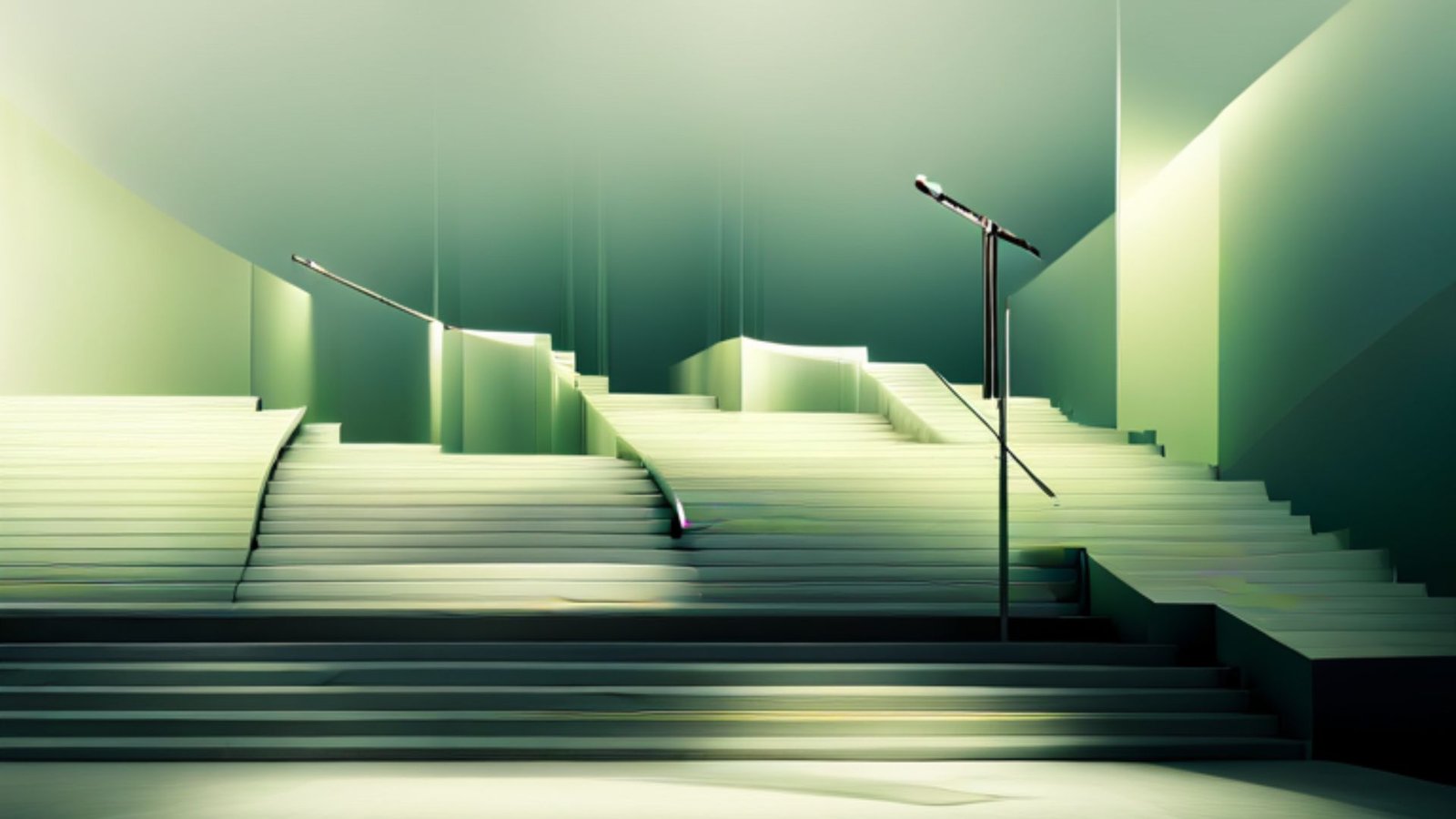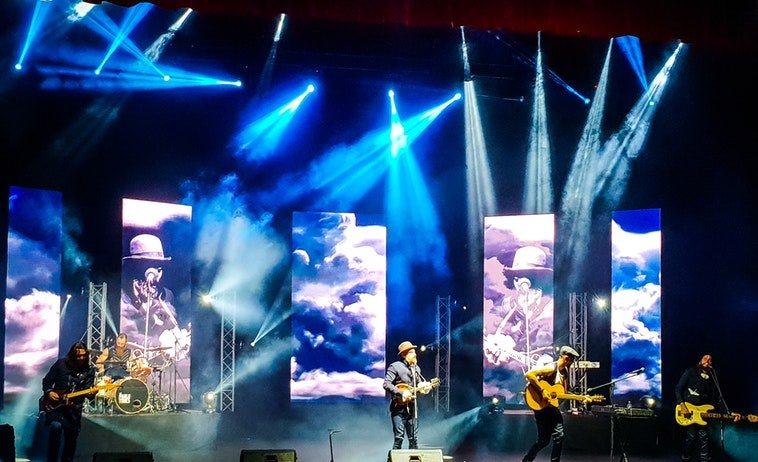The role of lighting in stage design is crucial for creating the right atmosphere and guiding the audience’s attention. Lighting helps set the mood, highlight important elements, and enhance the overall visual impact of a stage production. In this blog post, we will explore how lighting plays a vital role in stage design and why it is so important for live theater performances.

Setting the Mood with Lighting
First and foremost, lighting plays a key role in setting the mood of a stage production. Different lighting techniques can evoke various emotions and create distinct atmospheres. For example, warm, soft lighting might be used to create a cozy, intimate setting, while harsh, cool lighting could be employed to convey tension or unease. By adjusting the color, intensity, and direction of the lights, designers can transform the stage and influence how the audience feels about the scene. This ability to manipulate mood through lighting makes it an essential tool in stage design.
Focusing Attention on Key Elements
Another important aspect of the role of lighting in stage design is focusing attention on key elements. Lighting can draw the audience’s eyes to specific parts of the stage or highlight important actions and characters. For instance, a spotlight might be used to center attention on a solo performer or an important moment in the play. Similarly, different lighting levels can emphasize certain props or set pieces, ensuring that they stand out in the scene. This focused lighting helps guide the audience’s gaze and ensures that crucial elements are noticed and appreciated.
Enhancing the Atmosphere of the Scene
Moreover, lighting enhances the atmosphere of the scene by creating depth and dimension. Well-designed lighting can make a stage look more realistic or imaginative, depending on the needs of the production. For example, using backlighting and shadows can add texture and depth to the set, making it appear more three-dimensional. Conversely, bright, even lighting might be used to create a clean, minimalist look. By playing with different lighting effects, designers can create a visually engaging environment that complements the overall design and storytelling.
Complementing the Set Design
Lighting also complements the set design by adding layers of visual interest. The interaction between lighting and set elements can transform the appearance of the stage. For example, colorful gels or filters can change the color of the set, while moving lights can create dynamic effects that enhance the scenery. This collaboration between lighting and set design helps create a cohesive look and feel, making the stage environment more immersive and visually appealing. Effective use of lighting ensures that the set design is showcased in the best possible way.
Adapting to Changes During the Performance
Additionally, the role of lighting in stage design includes adapting to changes during the performance. Lighting designers often need to make quick adjustments to respond to the action on stage or changes in the script. For instance, a scene might shift from a bright, cheerful setting to a dark, dramatic one, requiring immediate changes in lighting. Advanced lighting systems and control panels allow designers to make these adjustments in real-time, ensuring that the lighting always supports the evolving needs of the production. This flexibility is crucial for maintaining the flow and impact of the performance.
Utilizing Technology for Innovative Effects
Finally, technology plays a significant role in enhancing the role of lighting in stage design. Modern lighting systems offer a range of advanced features, such as programmable controls, moving lights, and digital effects. These technological innovations allow designers to create complex and visually stunning lighting effects that were previously difficult to achieve. For example, digital projections can add dynamic backgrounds or animated elements to the stage, while automated lighting rigs can change colors and focus automatically. By leveraging these technologies, designers can push the boundaries of traditional lighting and create more innovative and engaging experiences for the audience.
Conclusion
In conclusion, the role of lighting in stage design is essential for setting the mood, focusing attention, enhancing atmosphere, and complementing set design. Lighting also allows for quick adjustments during performances and benefits greatly from technological advancements. By understanding and effectively using lighting, designers can create captivating and immersive experiences that enhance the overall impact of live theater productions. As technology continues to evolve, the role of lighting in stage design will become even more integral to creating memorable and dynamic performances.




